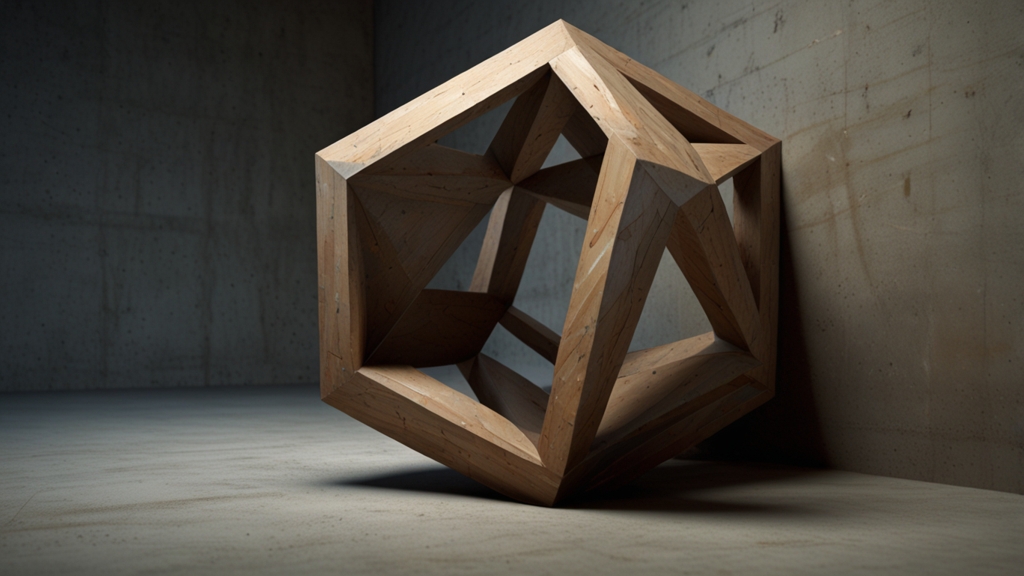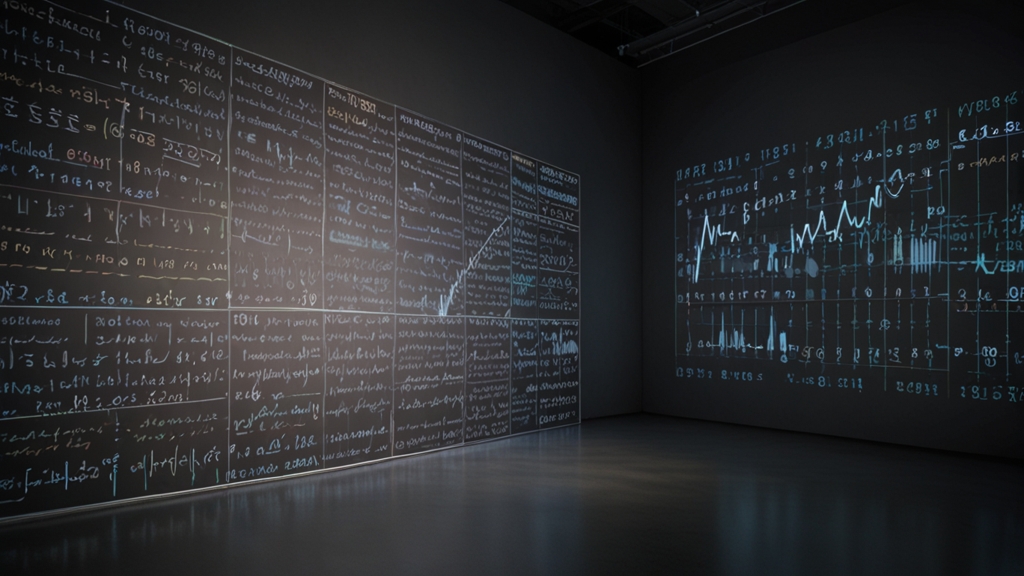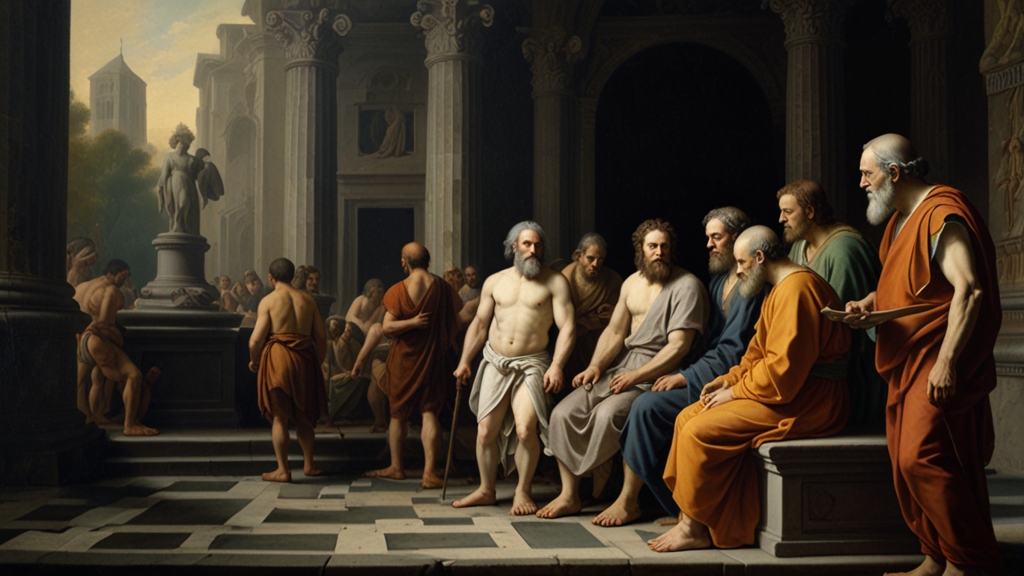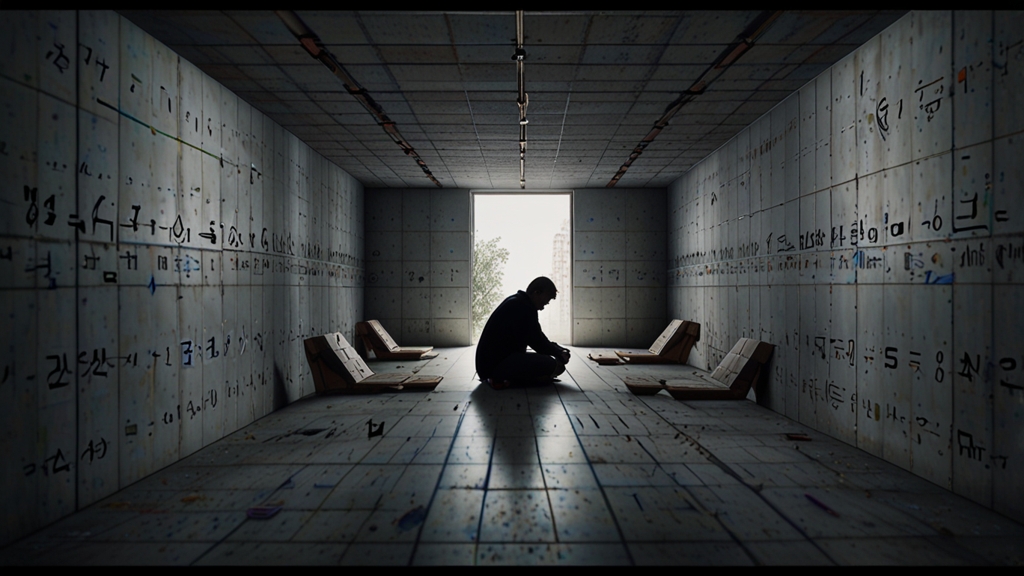The Unseen Forces of Geometry: Secrets in Every Corner
Geometry is often seen as a dry, abstract branch of mathematics reserved for classrooms and textbooks. However, it is in fact the hidden architect that shapes our world, playing an essential role in art, nature, technology, and beyond. From the grand designs of galaxies to the intricate structures of microscopic organisms, geometry permeates existence in ways that are both profound and beautiful.
The Fundamental Shapes of Nature
Nature is the best teacher when it comes to understanding the importance of geometry. Look closely at a honeycomb, a spider web, or a crystal, and you will observe the elegance of geometric patterns. The hexagonal cells of a honeycomb, for instance, are not merely coincidental. This shape allows for maximum efficiency, using the least amount of material to create the most storage space.
"Geometry is the archetype of the beauty of the world." — Johannes Kepler
In nature, these geometric principles have not only an aesthetic appeal but also a functional purpose. Snowflakes, with their crystalline hexagonal symmetry, are another example. Despite the infinite varieties of snowflake patterns, they all adhere to geometric principles, reflecting the inherent order found in nature.
Geometry in Art and Architecture
Art and architecture have long found inspiration in geometry. The ancient Greeks, who considered geometry an essential element of education, brought us the Parthenon with its harmonious proportions and symmetry. Centuries later, Leonardo da Vinci employed geometry in his masterpieces, guided by the divine ratio and principles of perspective to create lifelike representations.
Modern art also celebrates geometric forms. The works of Piet Mondrian, with their grid-like compositions, explore the balance between simplicity and complexity. Similarly, architectural marvels like the Louvre Pyramid by I.M. Pei and the geodesic domes of Buckminster Fuller exemplify the application of geometric concepts to create structures that are not only functional but also visually captivating.
"Architecture is the learned game, correct and magnificent, of forms assembled in the light." — Le Corbusier
Technological Advances and Geometry
In the realm of technology, geometry is indispensable. Computer graphics, for instance, rely heavily on geometric algorithms to render complex shapes and animations. The pixels on our screens are governed by geometric principles, creating digital environments that mimic our physical world.
The field of robotics also showcases the indispensable role of geometry. Robots must navigate spaces, manipulate objects, and interact with their environment, all of which require a deep understanding of geometrical principles. Engineers and designers use these principles to develop algorithms that enable robots to perform tasks with precision and efficiency.
The Spiritual and Philosophical Dimensions
Beyond practicality, geometry has spiritual and philosophical dimensions as well. The concept of sacred geometry, which attributes symbolic and sacred meanings to certain shapes and proportions, has been significant in various cultures and religions. The Flower of Life, Metatron's Cube, and the Golden Ratio are revered for their perceived connections to the divine and the universe's underlying order.
Philosophers like Plato considered geometry to be an essential aspect of understanding reality. He famously inscribed "Let no one ignorant of geometry enter here" above the entrance to his Academy, reflecting the belief that geometrical knowledge was a gateway to higher understanding and wisdom.
Conclusion
Geometry is far more than just a mathematical discipline; it is a lens through which we can explore and appreciate the world around us. Whether in the sleek design of modern technology, the timeless beauty of art and architecture, or the intricate patterns in nature, the unseen forces of geometry are at play in every corner. Understanding these forces enriches our perception of reality, revealing the hidden connections that bind the universe together.








